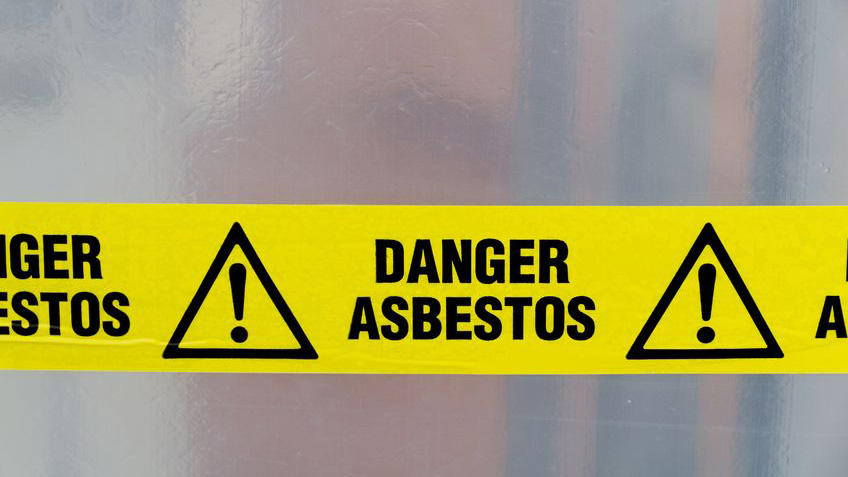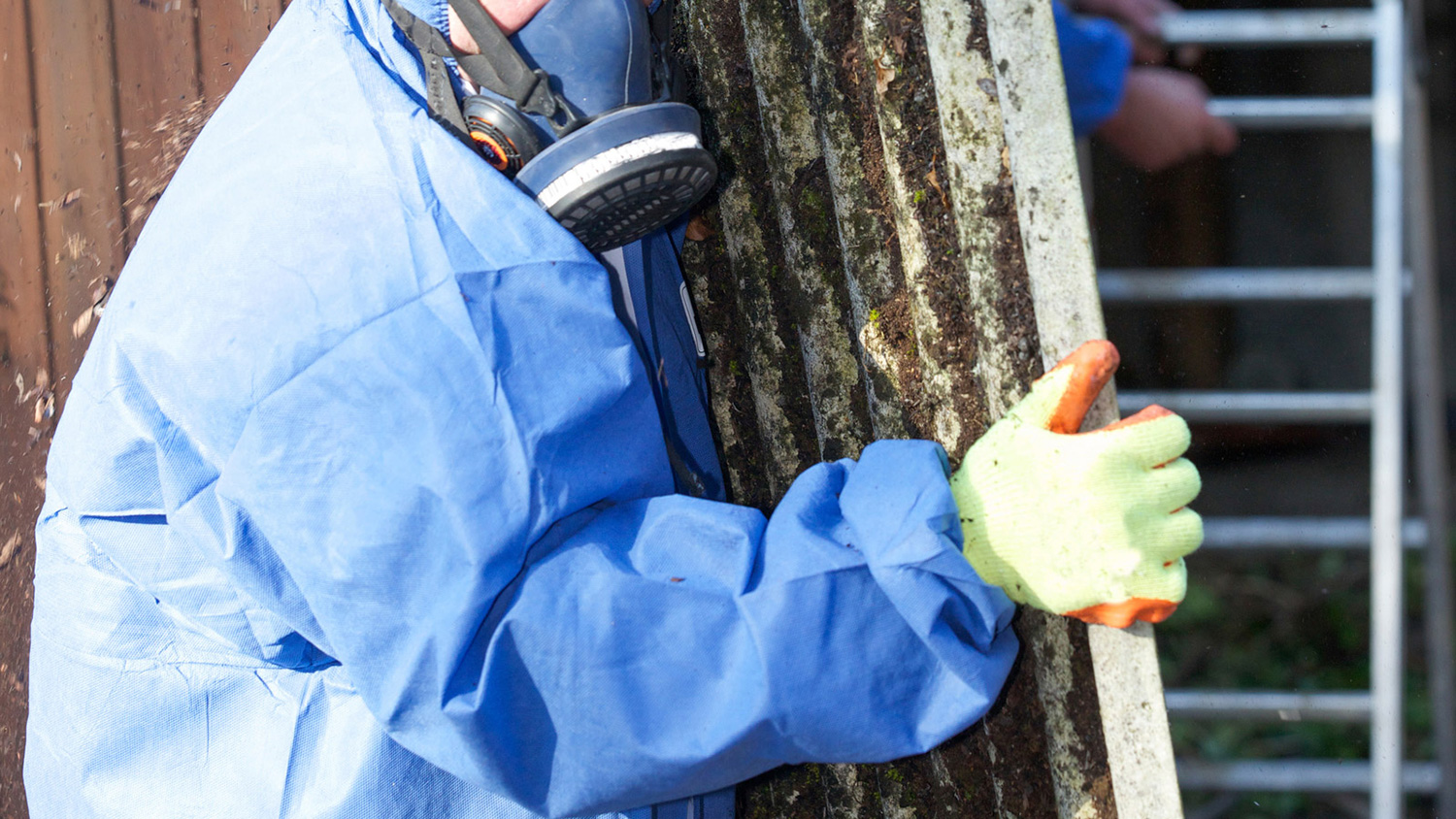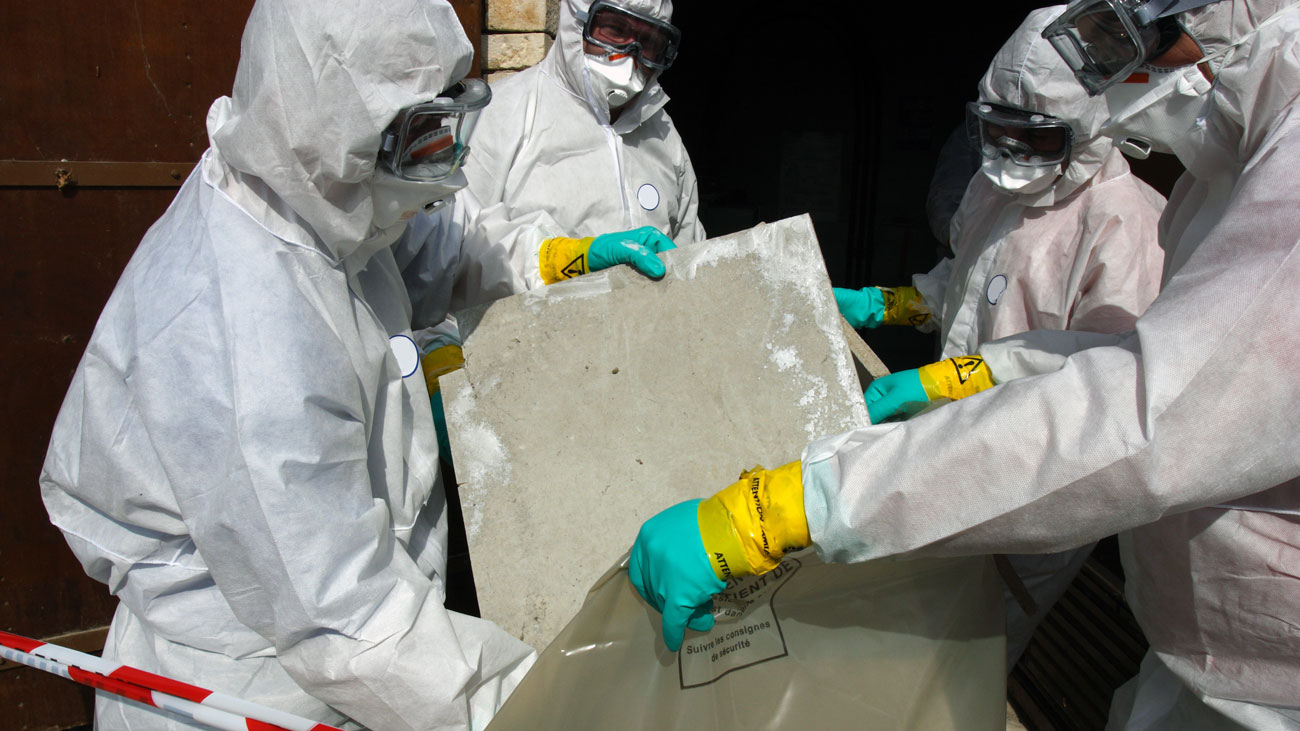
Briefing: Asbestos and women: the hidden killer
Each year, around 400 women die from mesothelioma caused by asbestos in the UK, yet the majority were not directly exposed to the deadly fibres through their work. So, what is responsible for this toll? Managing Editor for RoSPA, Becky Spencer investigates.
Earlier this year, a commemorative Blue Plaque was unveiled on the side of an unassuming terraced house in Leeds. The plaque marks the life and campaigning of June Hancock, who died in 1997 aged 61 from the asbestos-related cancer mesothelioma.
Two years earlier, in October 1995, June had won a landmark legal victory against Turner and Newall, the owners of the former JW Roberts asbestos factory in Armley, Leeds close to where she grew up as a child. It was the first compensation case to be brought against a company by a mesothelioma sufferer who had not worked directly with asbestos. June’s legal team successfully argued that Turner and Newall should be held responsible for the environmental exposure to asbestos suffered by June and other residents living close to the factory. June was awarded compensation and her case, and continued campaigning, paved the way for many more asbestos victims like her to obtain justice.
Now, 25 years since June Hancock’s death, her legacy is an ongoing campaign to raise awareness of the dangers of asbestos and to seek justice for those exposed to it. The charity set up in her name, the June Hancock Mesothelioma Research Fund, funds vital research into the causes and treatment of mesothelioma, a disease which killed 2,268 people in 2021, according to the latest figures from the Health and Safety Executive (HSE), 401 of whom were women.
What is mesothelioma?
Mesothelioma, like other asbestos-related diseases (asbestos-related lung cancer, asbestosis and pleural thickening), takes decades to develop, typically at least 30 years. Most people diagnosed with these diseases today will have been exposed before the use of asbestos was banned in 1999. Around two-thirds of annual deaths from mesothelioma now occur in those aged over 75. Cancer Research UK estimates that 94% of these cases are due to direct or indirect exposure in the workplace.
In most cases, mesothelioma affects the pleura (the external lining of the lung) and less frequently the peritoneum (the lining of the lower digestive tract). Although it takes many years to develop symptoms following the inhalation of asbestos fibres, the disease is almost always fatal – often within 12 months of symptom onset. Symptoms include shortness of breath, persistent cough, wheezing, extreme tiredness and chest or shoulder pain.
Routes of exposure
For men diagnosed with mesothelioma, in most cases an occupational link to asbestos exposure can be identified. For women, this is generally not the case.
Like June Hancock, the majority of women dying now from mesothelioma are most likely not to have been directly exposed to asbestos in the workplace. The British mesothelioma case-control study found that only a minority (around a third) of mesotheliomas in women are a result of either direct occupational or domestic exposures (such as the well-documented risk associated with living with an asbestos-exposed worker). This means that for the majority of women diagnosed with mesothelioma no direct asbestos exposure route is identified. The HSE says this suggests there was an increase in the ‘background’ risk among those who did not directly handle asbestos at work but who lived through the period of widespread industrial use of asbestos in Great Britain.
A 2020 study involving mesothelioma patients (the GEMS study) suggested that the emphasis on the risk of exposure to asbestos in high-risk occupations, such as construction, may have obscured the risk of exposure in low-risk occupations, such as education, healthcare and administration. Women working in these areas were more likely to have been indirectly exposed to asbestos in potentially contaminated work environments than to have had direct exposure. This is particularly the case, the study says, where the buildings in which they worked (schools, hospitals, offices), were built at the height of asbestos use and are now beginning to age and decay.
Until the use of asbestos in Great Britain was completely banned in 1999, asbestos-containing materials (ACMs) were used extensively in the construction and maintenance of buildings including schools, hospitals and offices, particularly during the peak use of asbestos between 1950 and 1980.
Today, many of these buildings still contain asbestos. It can be found in things like Artex, cement boards under eaves, garage roofs, old bath panels, boiler houses and fires, and even mortar between bricks can contain asbestos. If asbestos-containing materials are disturbed or damaged, asbestos fibres are released into the air and can then be inhaled. Speaking in a House of Commons debate on asbestos in workplaces early in 2023, Ian Lavery MP said:
“It just takes a drawing pin into asbestos and a little bit of dust lodges in someone’s lungs. They do not feel it. They could have that little bit of dust in their lungs for 10, 20, 30 or 40 years and die as a result of it once they are diagnosed.”
Around 81% of schools and 90% of NHS buildings are still thought to contain asbestos.
The latest HSE occupational analyses of female mesothelioma deaths reveal a higher rate of deaths for teachers and administrative occupations than for the general population. And even though the majority of these women lived through peak asbestos use in the UK (so environmental exposure to asbestos is a possibility), the fact that certain occupations are standing out is concerning. So much so that it has prompted unions to join with cancer experts to investigate the exposure women in their late-40s to mid-60s may have had to the asbestos inside school buildings.
Data released by the Office for National Statistics (ONS) earlier this year shows 94 education workers and 53 healthcare workers have died from mesothelioma since 2017, although this is believed to be an underestimate.
In April, the TUC said mesothelioma diagnoses among former teachers are rising rapidly and called for the urgent removal of asbestos from all public buildings to avoid future risk of exposure.
NASUWT-The Teachers’ Union is also calling for the removal of asbestos from school buildings “in order to safeguard the health and welfare of education staff and pupils”. Under current government plans to build 50 new schools a year, NASUWT says it would take over 350 years to completely eradicate asbestos from all schools in England. Last year, MPs on the Work & Pensions Select Committee recommended that a deadline be set for the removal of asbestos from non-domestic buildings within 40 years. The government rejected the proposal.
Under the Control of Asbestos Regulations 2012, asbestos-containing materials that are in good condition and are unlikely to be disturbed can be left in place. The regulations state that where asbestos is present it must be managed, maintained in a good condition, and stay undisturbed. If this level of protection cannot be achieved, then asbestos must be removed.
Raising awareness
The UK has the highest number of mesothelioma cases in the world. The risk of developing mesothelioma for those who haven’t worked in high-risk occupations, such as shipbuilding or carpentry, is about one in 1,000. HSE research shows these apparently ‘unexposed’ cases account for around 60% of all mesotheliomas in women.
It is predicted that each year this decade, 400-500 women will die from mesothelioma due to past exposure to asbestos. Research has identified a low level of awareness of asbestos risks in women of all ages, which a recent Commons Committee heard “increases the risk of asbestos being disturbed”. With asbestos still present in hundreds of thousands of non-domestic buildings, this lack of awareness should be urgently addressed through public health messages and the workplace if we are to prevent further women dying from mesothelioma decades from now.
International Workplace's Asbestos Awareness training course help learners understand how to manage asbestos in the workplace and recognise the risks. The content of the training is stipulated in the L143 Approved Code of Practice for the Control of Asbestos Regulations (CAR) 2012. Anyone liable to disturb the fabric of a building or anyone supervising those people, must have awareness training. Our Asbestos Awareness course is suitable for anyone liable to disturb the fabric of a building or supervising those people. This would include but not limited to maintenance and repair staff, FM operatives, electricians, plumbers, gas fitters, IT installers and fire alarm cablers. Find out more here.
We have also produced a detailed guide on managing the risk of asbestos in the workplace, suitable for anyone with the duty to manage.





